Fantasia 2019, Day 5, Part 3: Look What’s Happened to Rosemary’s Baby
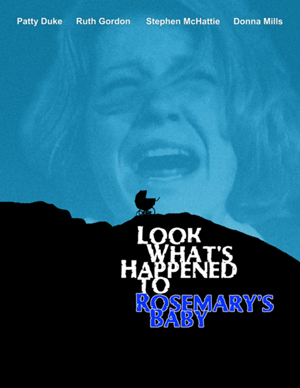 It’s relatively unusual for me to watch a movie that I know going in is not good. But every so often, and usually at Fantasia, something bizarre comes along that looks bad but also in its way promising. So it was that for my third film of July 16 I settled in at the De Sève Theatre for a screening of the rare 1976 TV-movie sequel to Rosemary’s Baby: an opus directed by Sam O’Steen titled Look What’s Happened to Rosemary’s Baby. Star Stephen McHattie was in attendance, and would stick around to take our questions after the film.
It’s relatively unusual for me to watch a movie that I know going in is not good. But every so often, and usually at Fantasia, something bizarre comes along that looks bad but also in its way promising. So it was that for my third film of July 16 I settled in at the De Sève Theatre for a screening of the rare 1976 TV-movie sequel to Rosemary’s Baby: an opus directed by Sam O’Steen titled Look What’s Happened to Rosemary’s Baby. Star Stephen McHattie was in attendance, and would stick around to take our questions after the film.
(I had actually seen Rosemary’s Baby for the first time in preparation, and I was surprised how much I did not care for it. It was well-shot, and Rosemary’s isolation was captured well in the second half of the film. But it was difficult to believe in that isolation after we’d already seen her at a Christmas party with her friends. Atmosphere stubbornly resisted being evoked. The gothic material almost uniformly fell flat, and the Satanist coven came off as an unthreatening group of busybodies. I did not understand what was supposed to be scary in this movie, or what beyond craft was supposed to make it a classic. Disappointed as I was, I think now this viewing unwittingly set me up to be receptive to Look What’s Happened as a kind of unwitting satire, ruthlessly if unintentionally pointing out the weaknesses and absurdities of the original.)
The movie was introduced by Phlippe Spurrell of Montreal’s Cinéclub Film Society. He noted that the 35mm print came from the personal collection of Fantasia co-director Mitch Davis, and 7 or 8 hours had gone into the inspection, cleaning, and mounting of the film on a single reel. He warned us that some material was faded, but promised us surprises (which turned out to be period commercials inserted into the original commercial breaks of the film, for things like K-Tel albums and “newfangled Pringle’s Potato Chips”). Spurrell observed that O’Steen was the editor of Rosemary’s Baby, and John A. Alonzo was director of photography for both films. Ira Levin, writer of the original novel, was not involved, nor was Roman Polanski (who had scripted his adaptation as well as directed). Instead Look What’s Happened was written by Anthony Wilson, veteran TV writer and creator of shows like Banacek and one of the developers of the Planet of the Apes TV spin-off. (He also wrote what I thought was a fine episode of the original Twilight Zone, “Come Wander With Me.”)
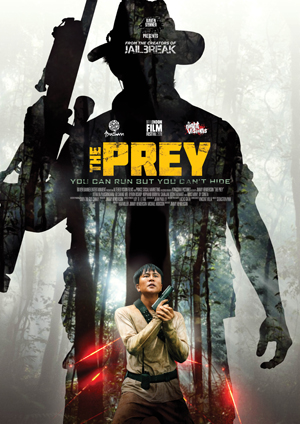 For my second movie of July 15 I went to the Fantasia screening room to watch the Cambodian film The Prey. Directed by Jimmy Henderson from a script by Henderson with Michael Hodgson and Kai Miller, this is a film that traces its narrative lineage back to Richard Connell’s immortal “The Most Dangerous Game.” In this case, the game’s played in the wilds of Cambodia, and the rules turn out to be surprisingly complex — and the number of players surprisingly large.
For my second movie of July 15 I went to the Fantasia screening room to watch the Cambodian film The Prey. Directed by Jimmy Henderson from a script by Henderson with Michael Hodgson and Kai Miller, this is a film that traces its narrative lineage back to Richard Connell’s immortal “The Most Dangerous Game.” In this case, the game’s played in the wilds of Cambodia, and the rules turn out to be surprisingly complex — and the number of players surprisingly large.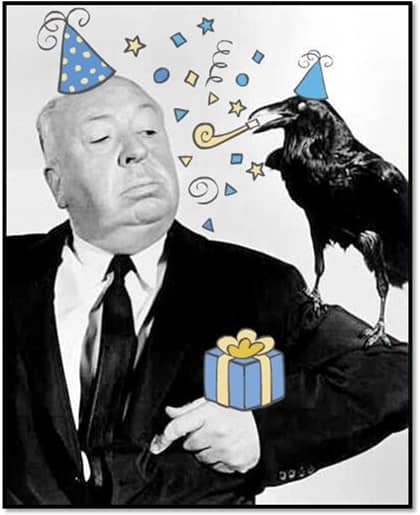
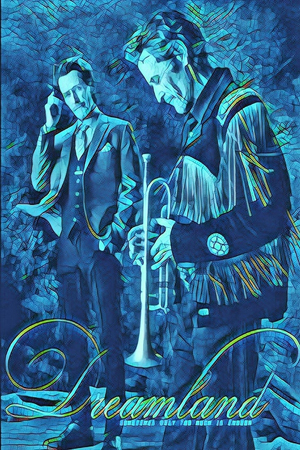 I have fond memories of Bruce McDonald’s rock n’roll road movies from the 1990s, specifically Roadkill, Highway 61 Revisited, and Hard Core Logo. It had been a while since I’d seen one of his films (one drifts away from artists, sometimes, like friends we once knew), but I began July 15 at Fantasia in the De Sève Theatre getting reacquainted with McDonald’s art by way of his new movie Dreamland, at Fantasia presented as Bruce McDonald’s Dreamland.
I have fond memories of Bruce McDonald’s rock n’roll road movies from the 1990s, specifically Roadkill, Highway 61 Revisited, and Hard Core Logo. It had been a while since I’d seen one of his films (one drifts away from artists, sometimes, like friends we once knew), but I began July 15 at Fantasia in the De Sève Theatre getting reacquainted with McDonald’s art by way of his new movie Dreamland, at Fantasia presented as Bruce McDonald’s Dreamland.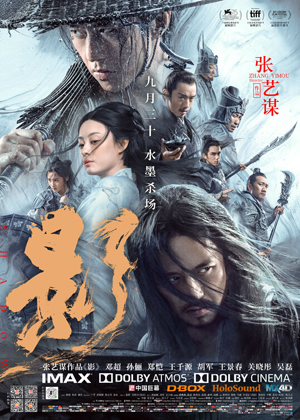 My fifth and last movie of July 14 brought me back to the Hall Theatre. I had not seen two consecutive movies that day in the same cinema; no two films had come from the same country. It was in retrospect a good day at Fantasia, and it was ending with a bang: the latest film from Zhang Yimou, Shadow (also known as Ying, 影). Written by Zhang with Li Wei, it’s a tale of historical battles and political machinations told with visual dynamism and a distinct colour sense, fitting nicely alongside previous works by Zhang such as Hero, House of Flying Daggers, and Curse of the Golden Flower.
My fifth and last movie of July 14 brought me back to the Hall Theatre. I had not seen two consecutive movies that day in the same cinema; no two films had come from the same country. It was in retrospect a good day at Fantasia, and it was ending with a bang: the latest film from Zhang Yimou, Shadow (also known as Ying, 影). Written by Zhang with Li Wei, it’s a tale of historical battles and political machinations told with visual dynamism and a distinct colour sense, fitting nicely alongside previous works by Zhang such as Hero, House of Flying Daggers, and Curse of the Golden Flower.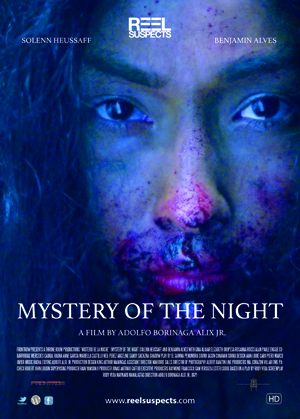 My fourth film of July 14 brought me back across the street to the De Sève Theatre for a tale from the Philippines, Mystery of the Night. Directed by Adolfo Alix Junior, it’s an adaptation of a play by Rody Vera called Ang Unang Aswang (The First Aswang). As written for the screen by Maynard Manansala, it’s a meditative story that doesn’t betray its stage origins in the slightest, a deliberately-paced visual spectacle about colonialism, magic, and the wilderness.
My fourth film of July 14 brought me back across the street to the De Sève Theatre for a tale from the Philippines, Mystery of the Night. Directed by Adolfo Alix Junior, it’s an adaptation of a play by Rody Vera called Ang Unang Aswang (The First Aswang). As written for the screen by Maynard Manansala, it’s a meditative story that doesn’t betray its stage origins in the slightest, a deliberately-paced visual spectacle about colonialism, magic, and the wilderness.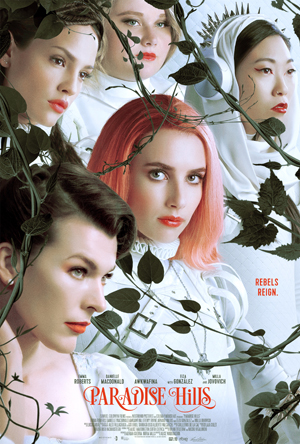 I saw my third film of Sunday, July 14, in the big Hall Theatre. Paradise Hills was introduced by director Alice Waddington, who spoke about her love for Lord of the Rings, Dungeons & Dragons, and The Neverending Story, and how she wanted to make something that reflected her and her friends. It was an interesting way to set up a fine film that continually did unexpected things.
I saw my third film of Sunday, July 14, in the big Hall Theatre. Paradise Hills was introduced by director Alice Waddington, who spoke about her love for Lord of the Rings, Dungeons & Dragons, and The Neverending Story, and how she wanted to make something that reflected her and her friends. It was an interesting way to set up a fine film that continually did unexpected things.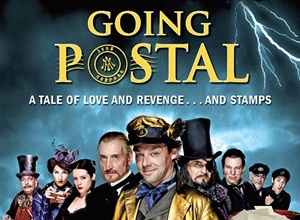
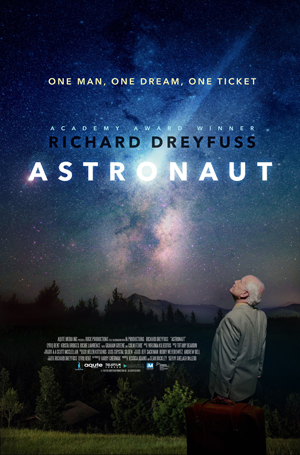 I saw my second movie of the day of July 14 in the Fantasia screening room, where critics can watch a movie on a large computer monitor at a time convenient to their schedules. And indeed scheduling had brought me to the screening room to fill a gap between two other films I wanted to see. Note then that I did not see the film I’m about to describe in a theatre; I don’t think the way I watched it affected my reaction, but it’s perhaps best to give it the benefit of the doubt.
I saw my second movie of the day of July 14 in the Fantasia screening room, where critics can watch a movie on a large computer monitor at a time convenient to their schedules. And indeed scheduling had brought me to the screening room to fill a gap between two other films I wanted to see. Note then that I did not see the film I’m about to describe in a theatre; I don’t think the way I watched it affected my reaction, but it’s perhaps best to give it the benefit of the doubt. In reviewing the movies I see at Fantasia I like to mention the theatre in which I see a film, because the room the film’s screened in often gives a hint about the movie’s nature. The smaller De Sève is often a venue for indie cinema and lesser-known pictures. The larger Hall will usually hold more obviously popular movies, meaning a lot of action films and blockbusters. This is not inevitable, and there are a number of reasons why something you’d think you’d see in one cinema gets hosted in the other. But the two theatres do have their own personalities, and sometimes you watch a movie that fits the personality of the place perfectly.
In reviewing the movies I see at Fantasia I like to mention the theatre in which I see a film, because the room the film’s screened in often gives a hint about the movie’s nature. The smaller De Sève is often a venue for indie cinema and lesser-known pictures. The larger Hall will usually hold more obviously popular movies, meaning a lot of action films and blockbusters. This is not inevitable, and there are a number of reasons why something you’d think you’d see in one cinema gets hosted in the other. But the two theatres do have their own personalities, and sometimes you watch a movie that fits the personality of the place perfectly.